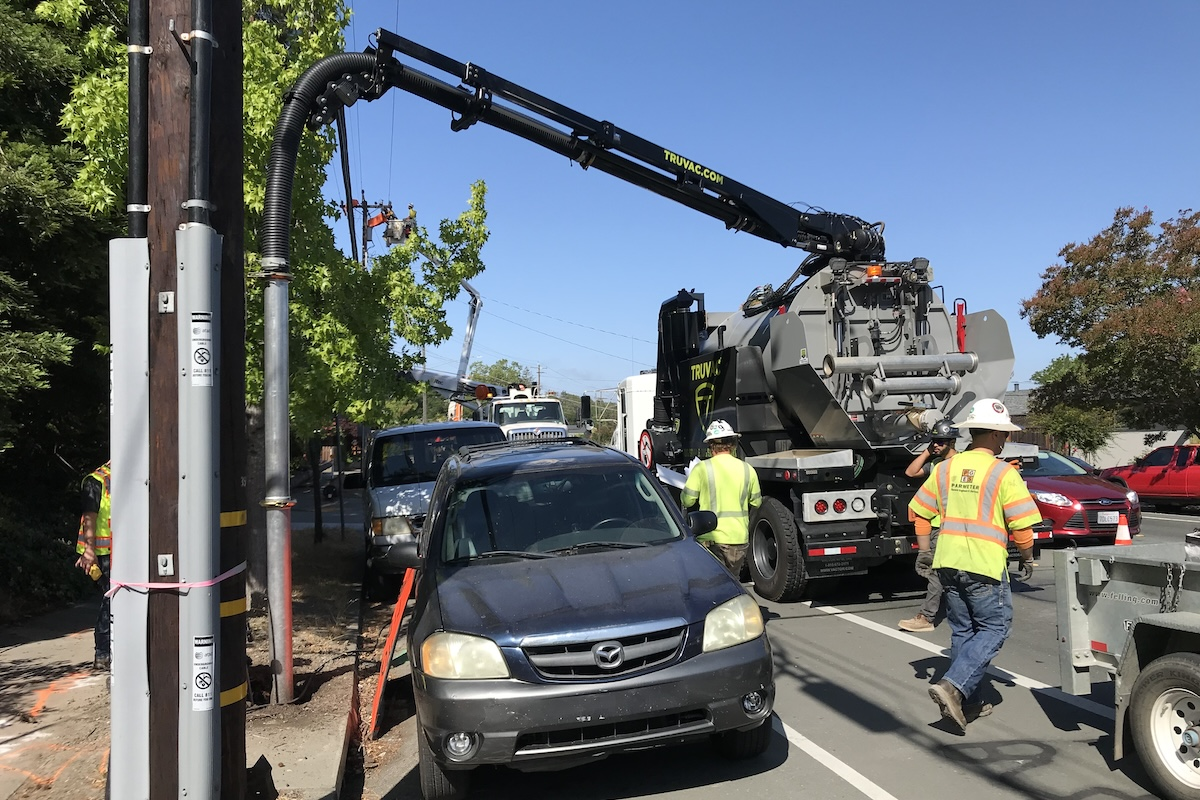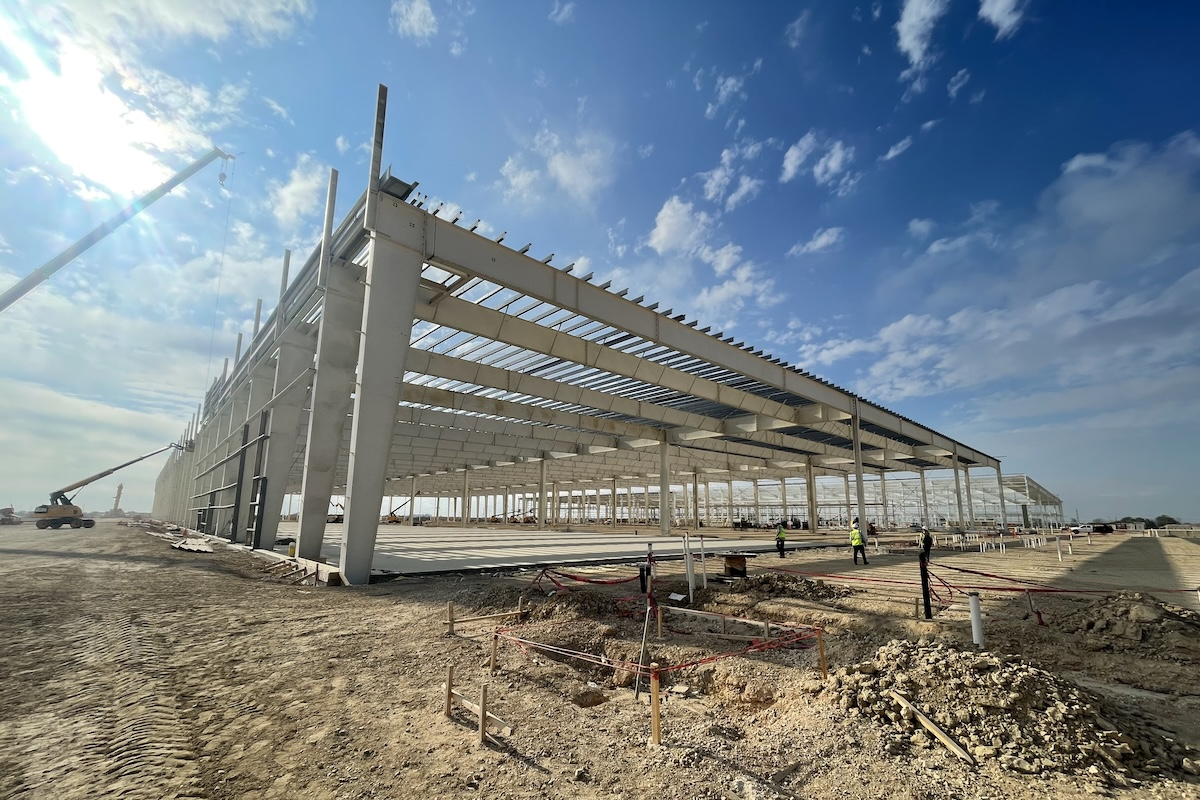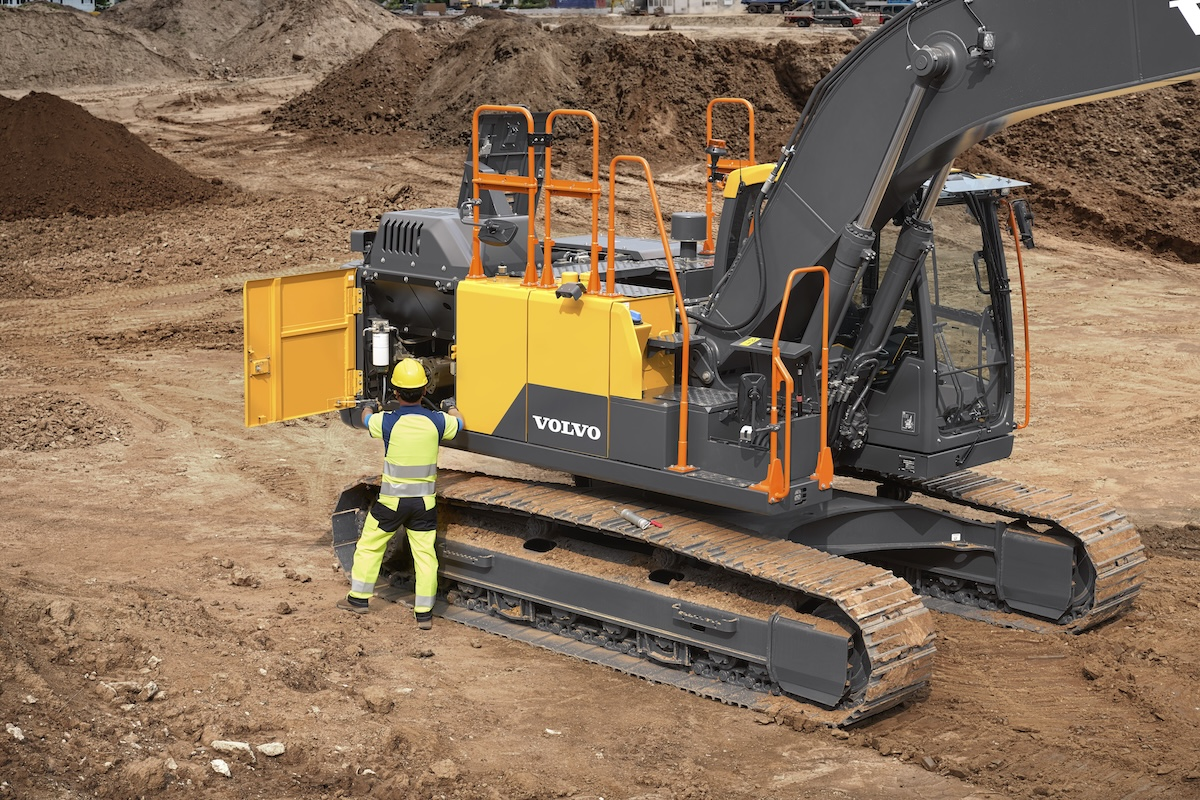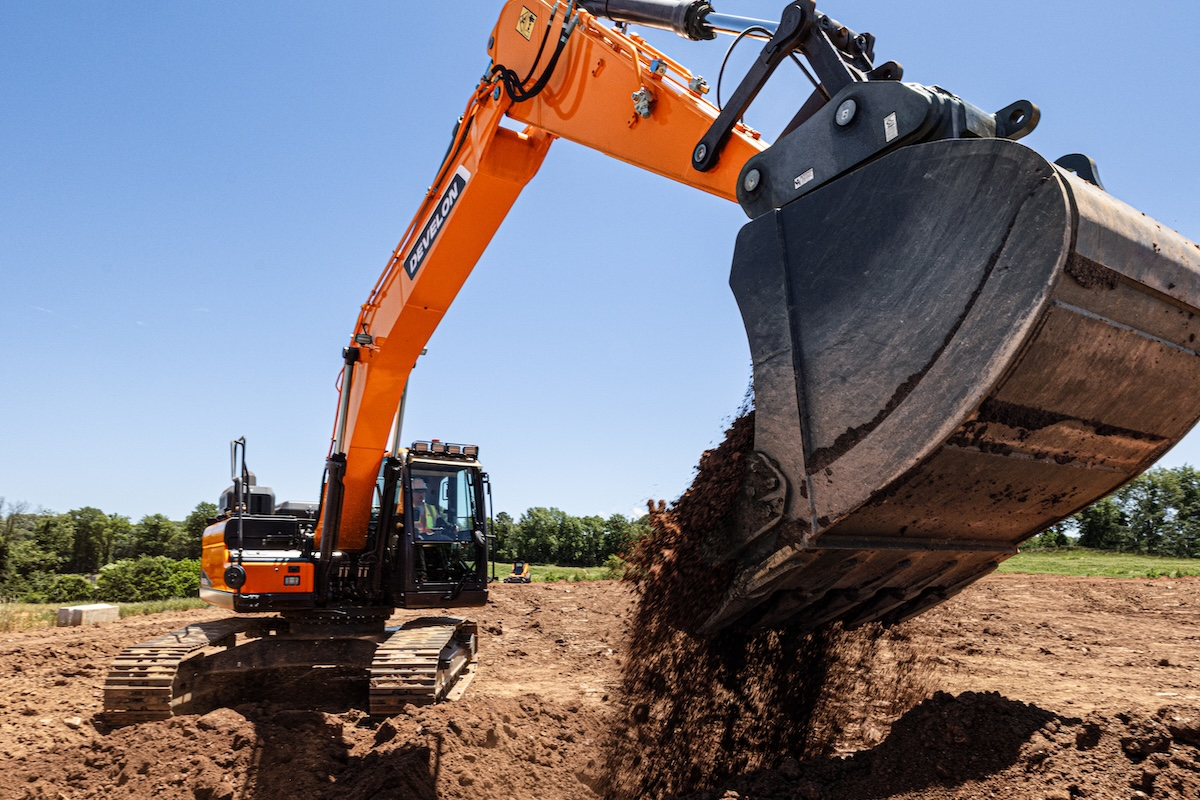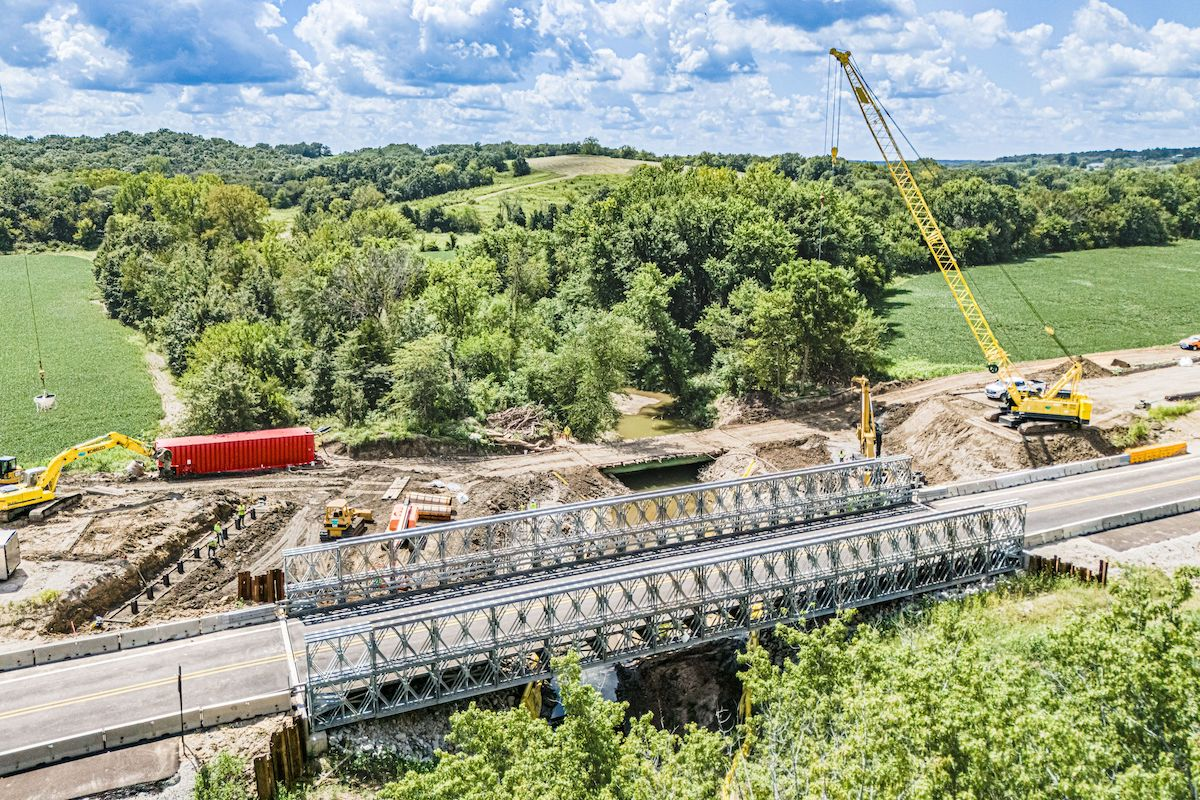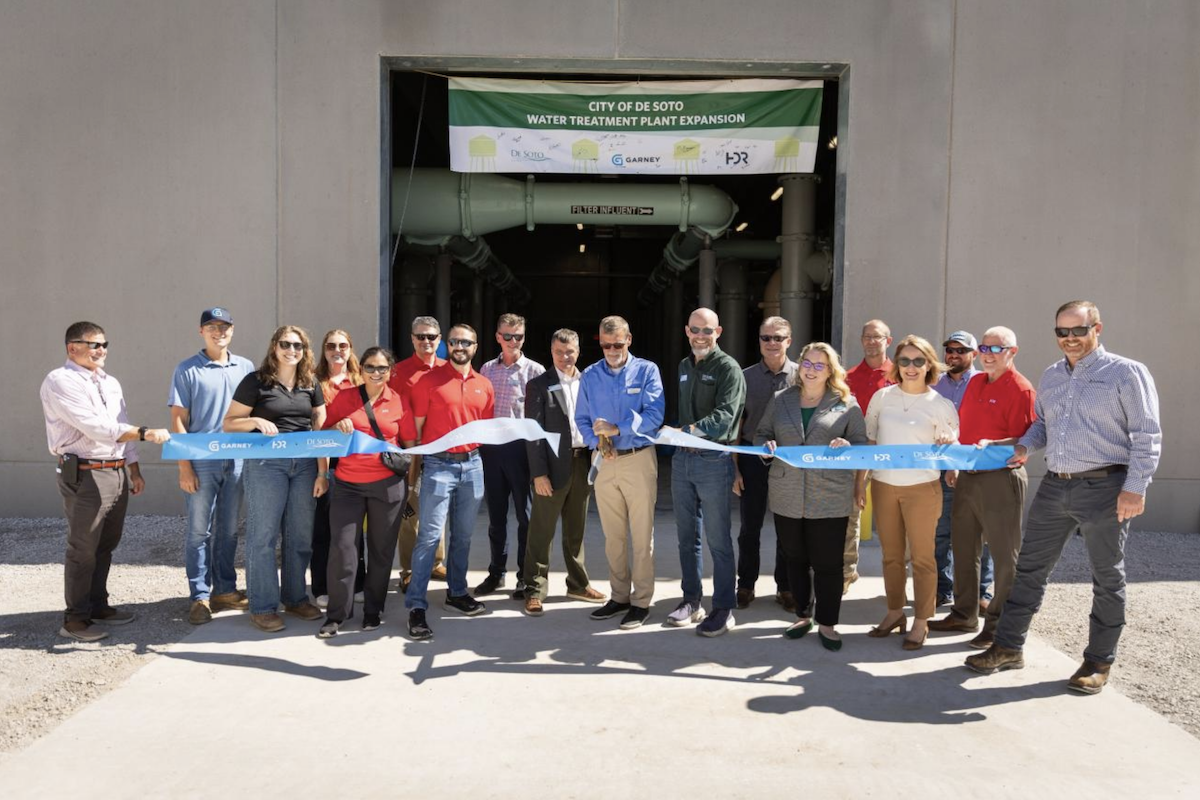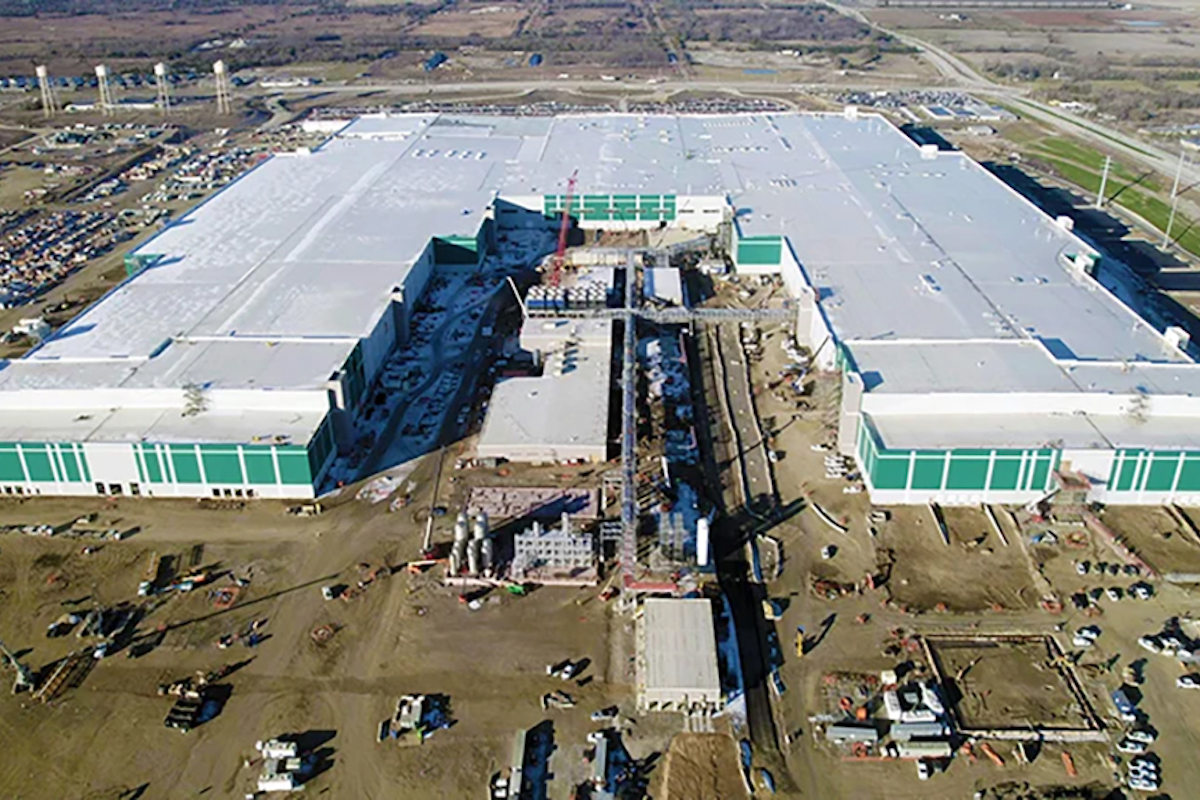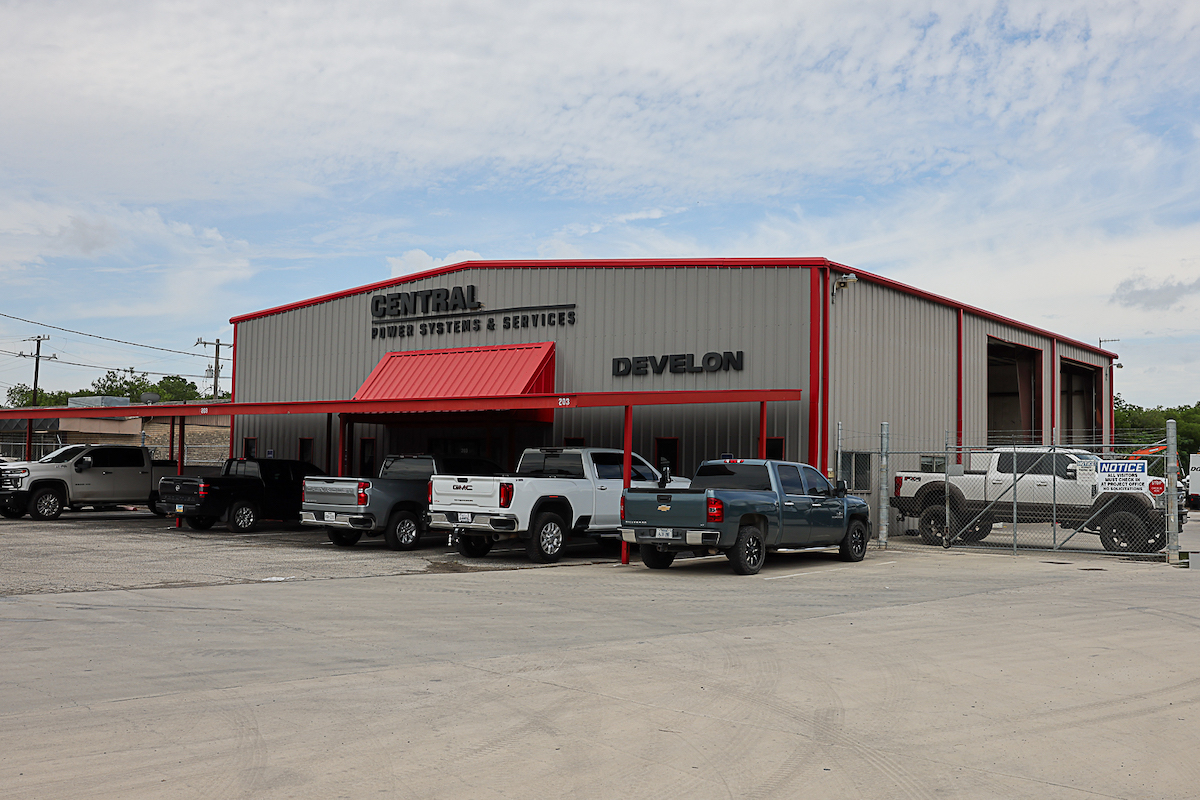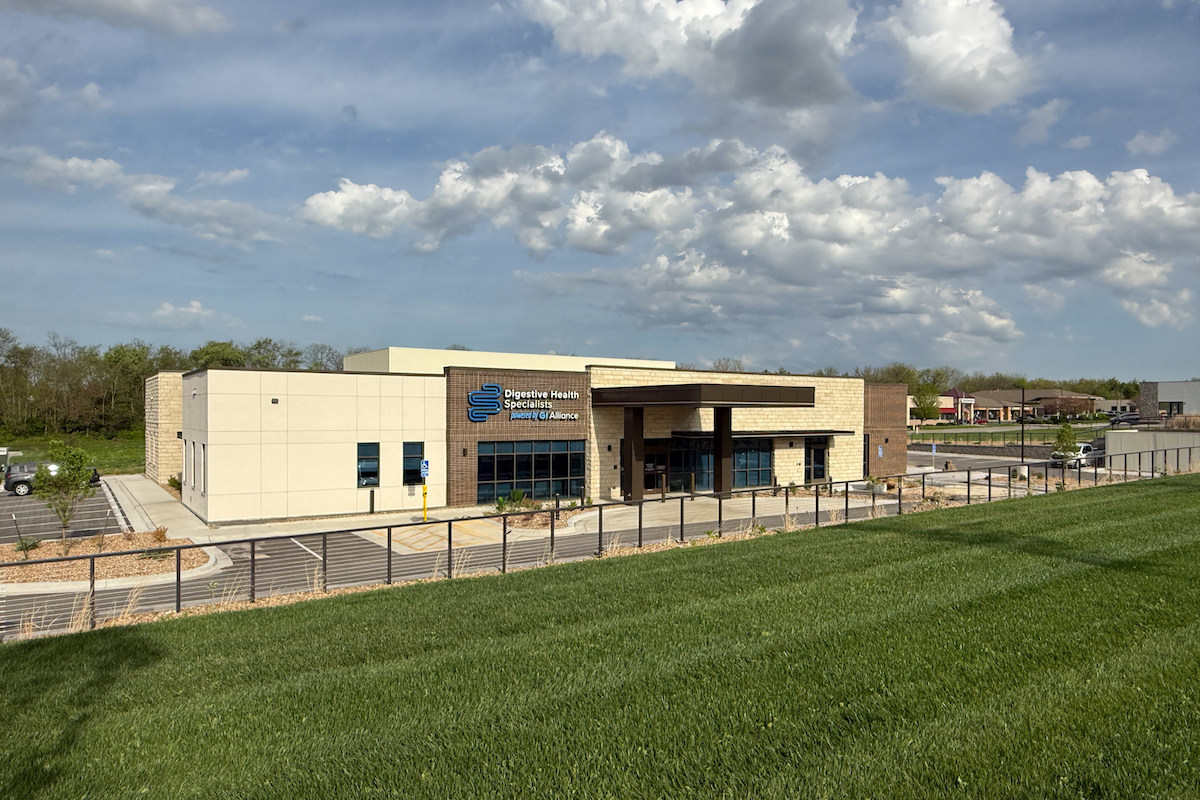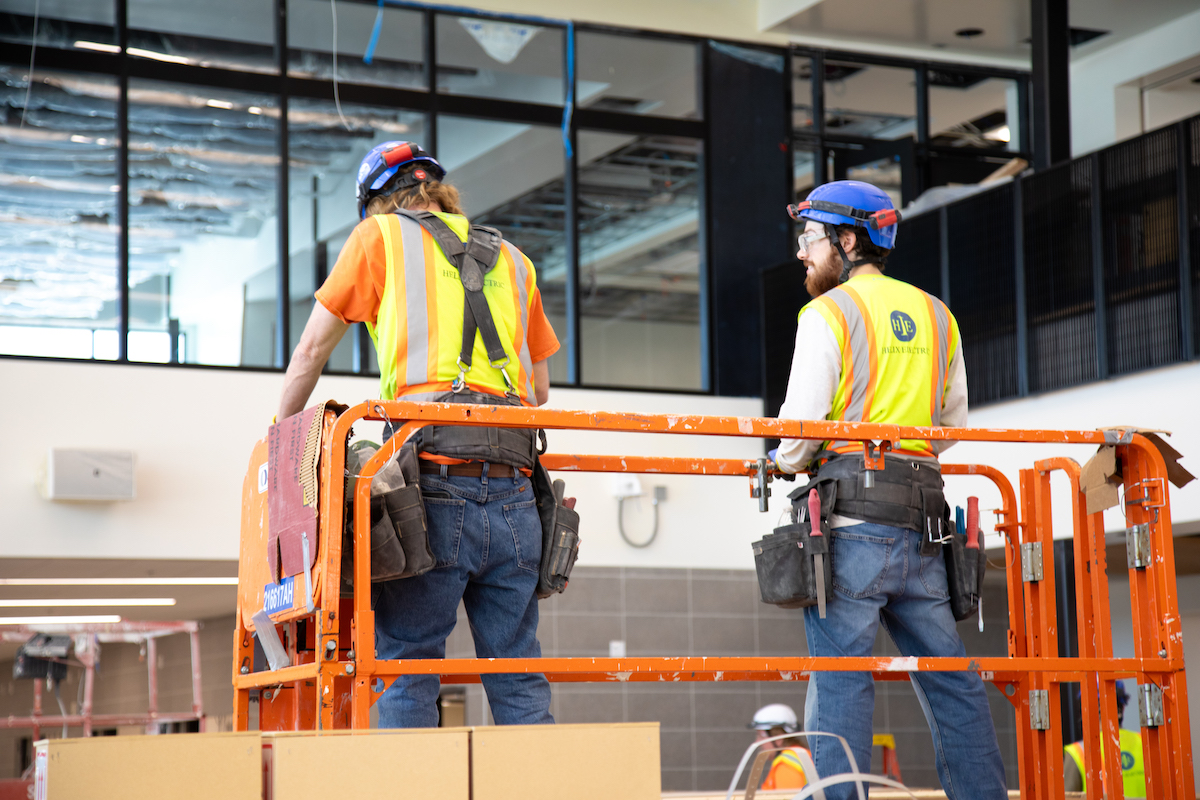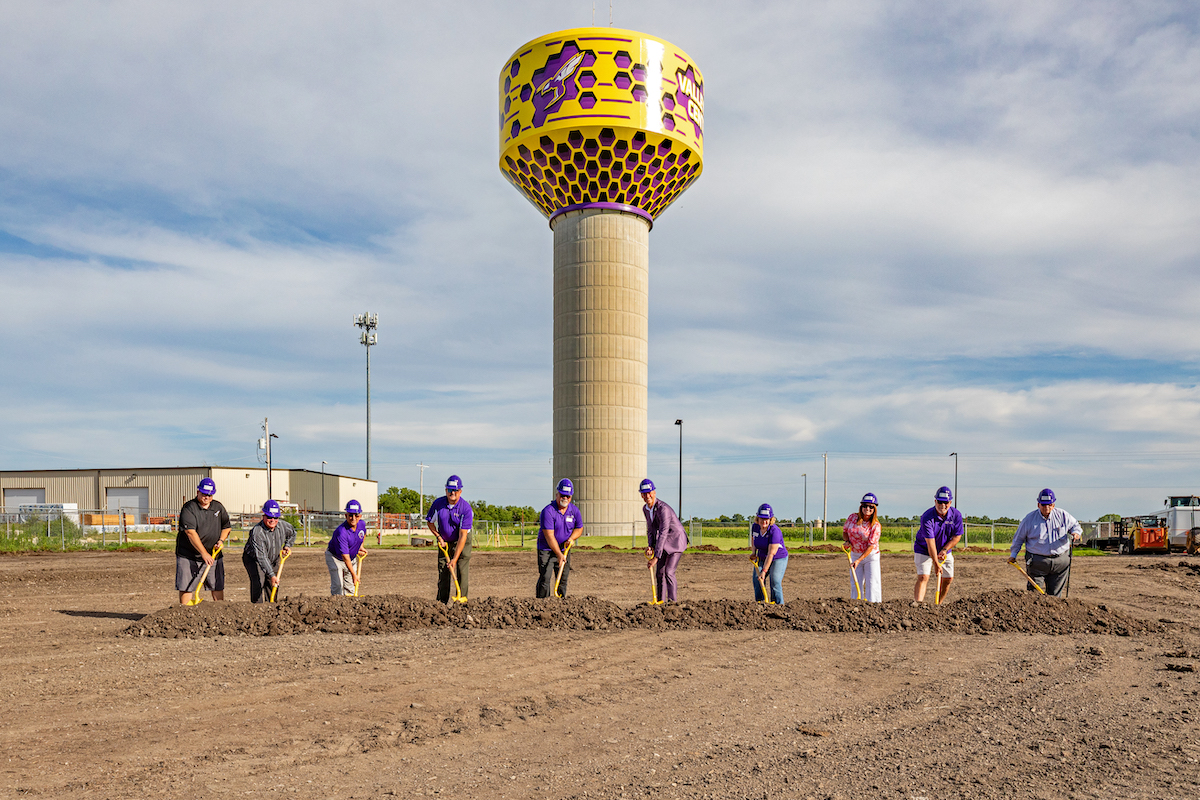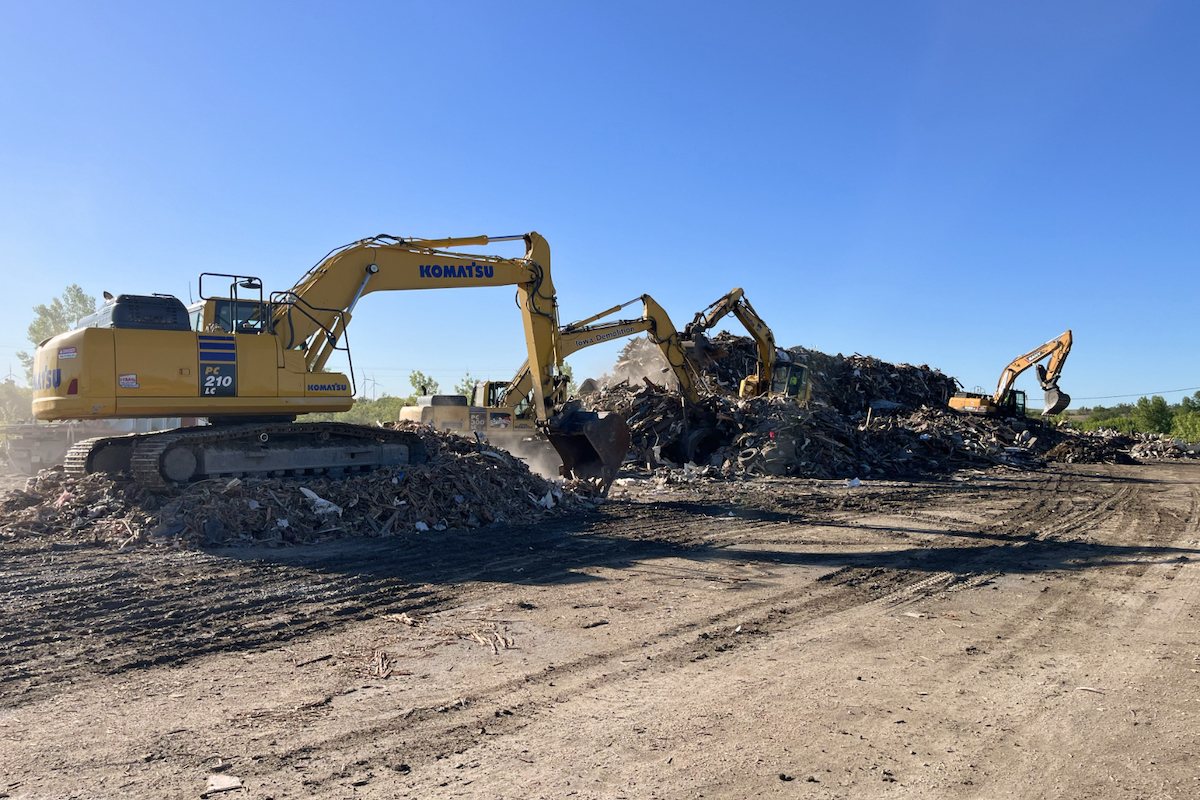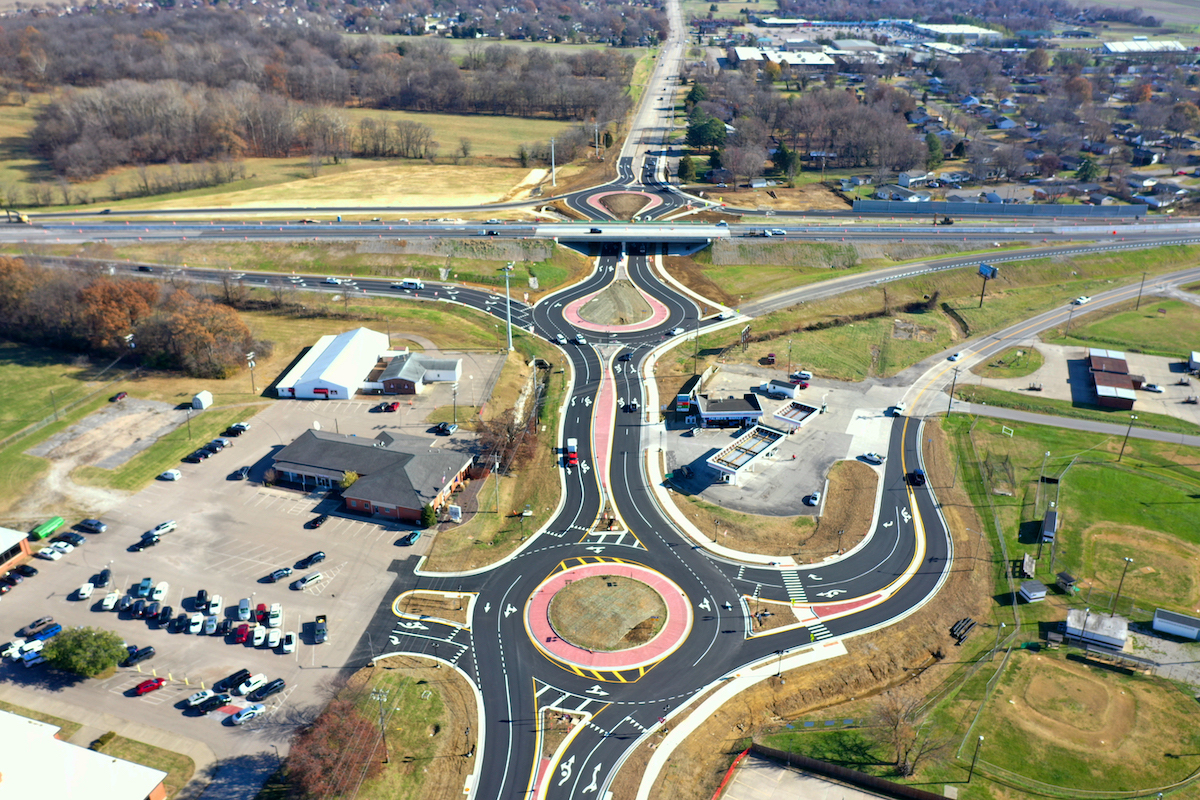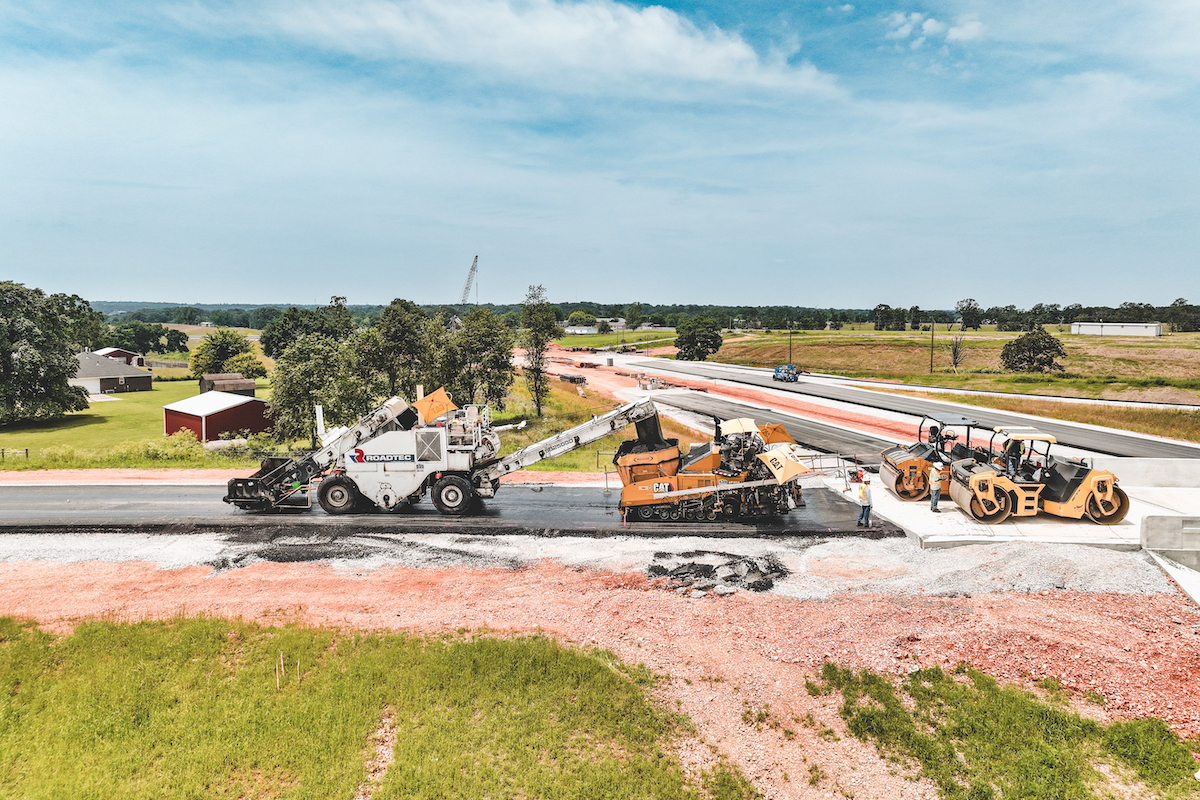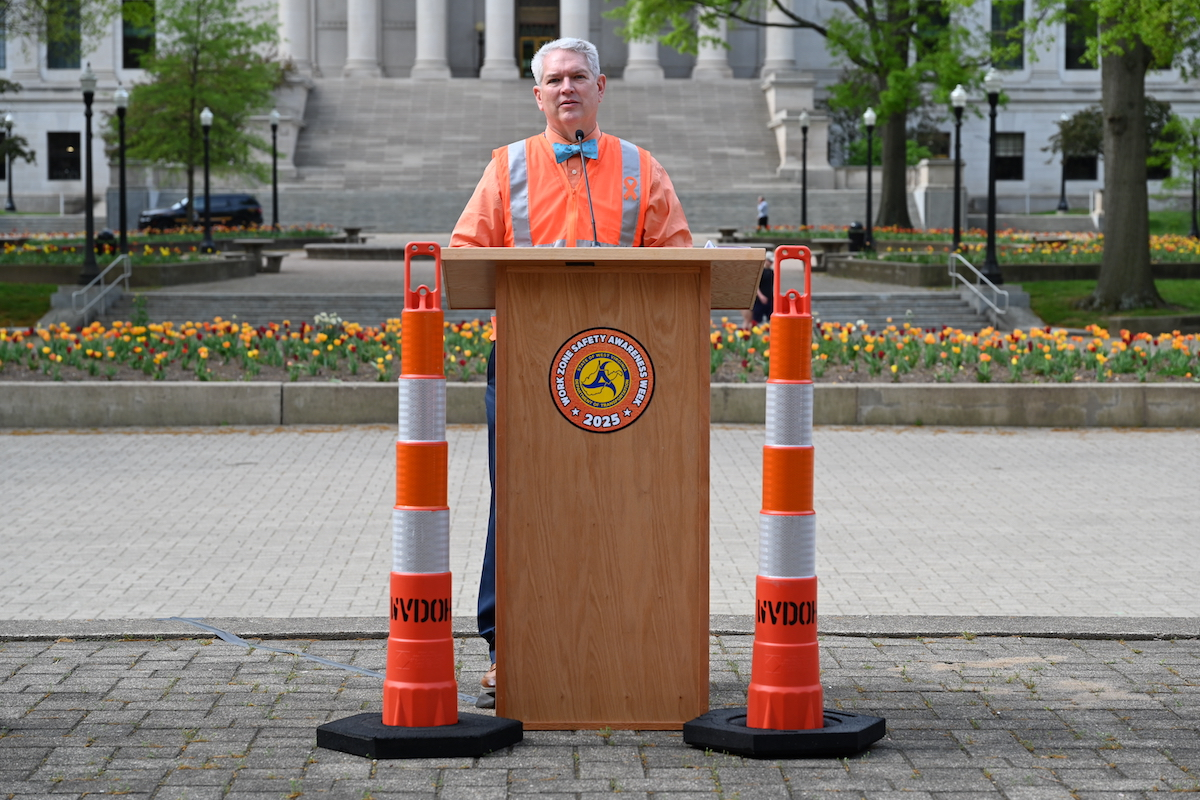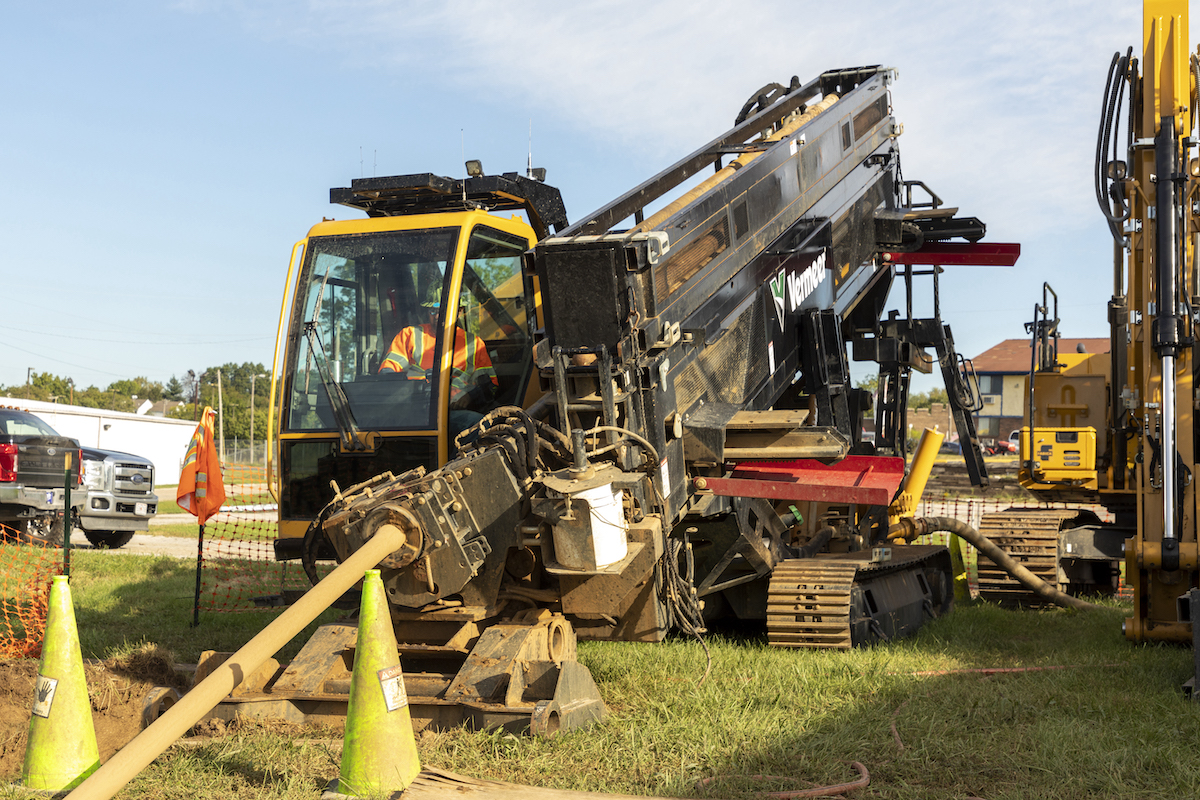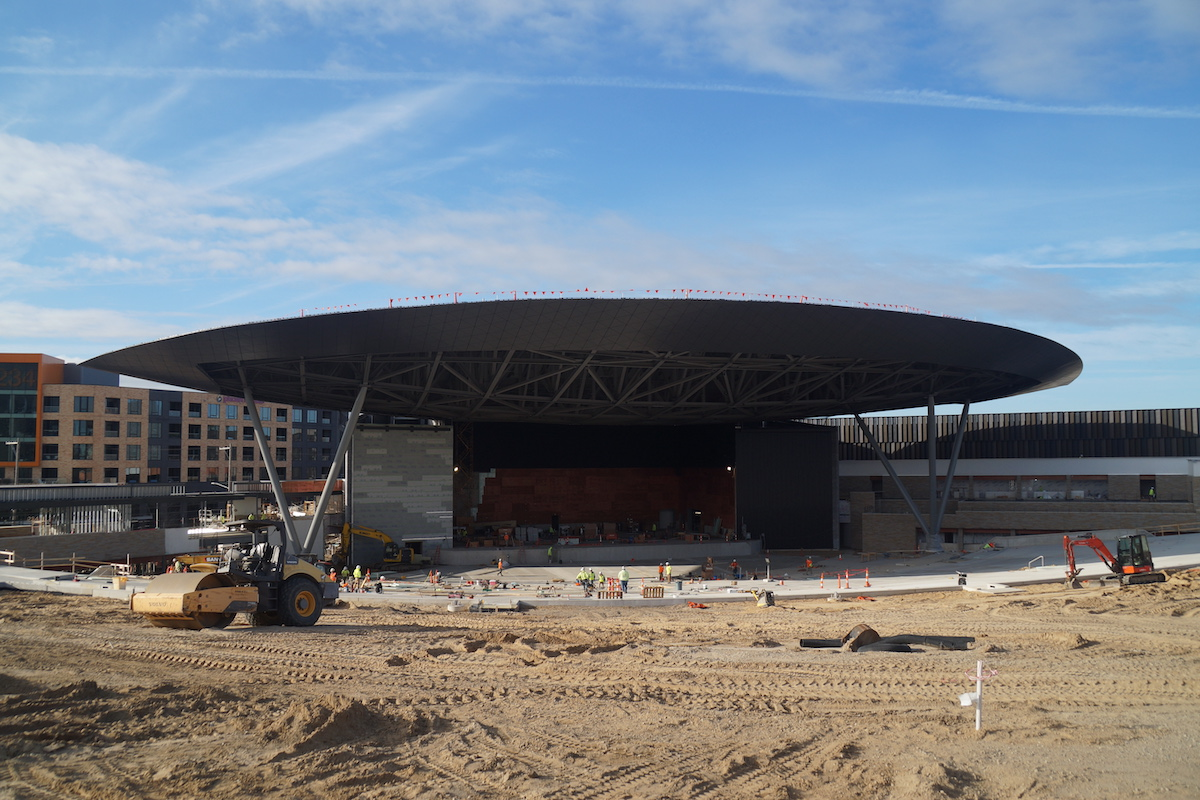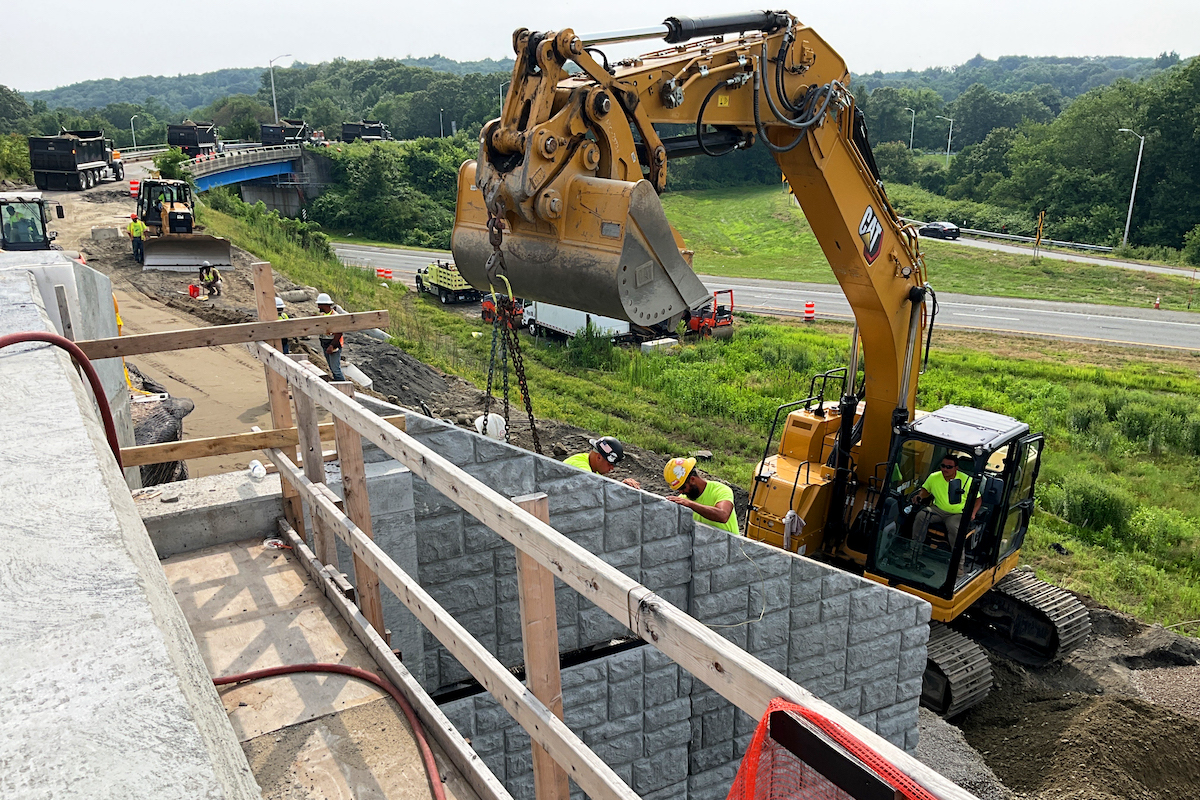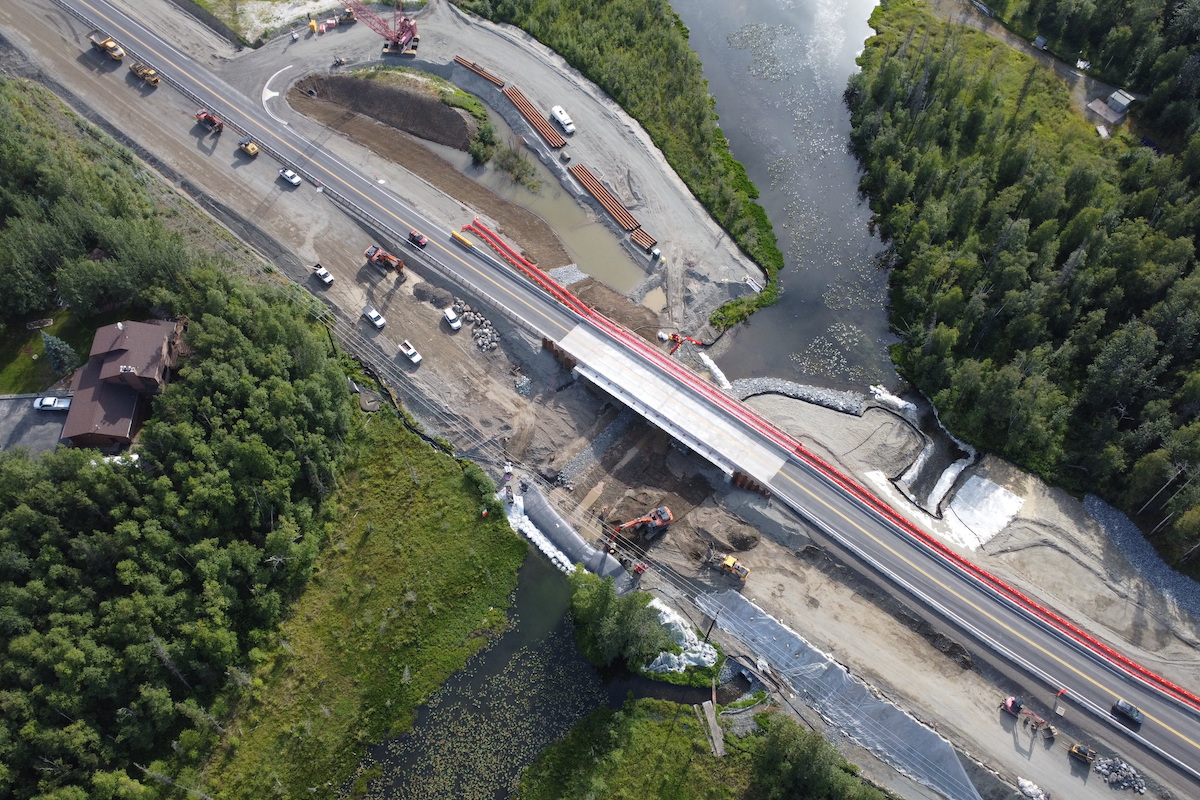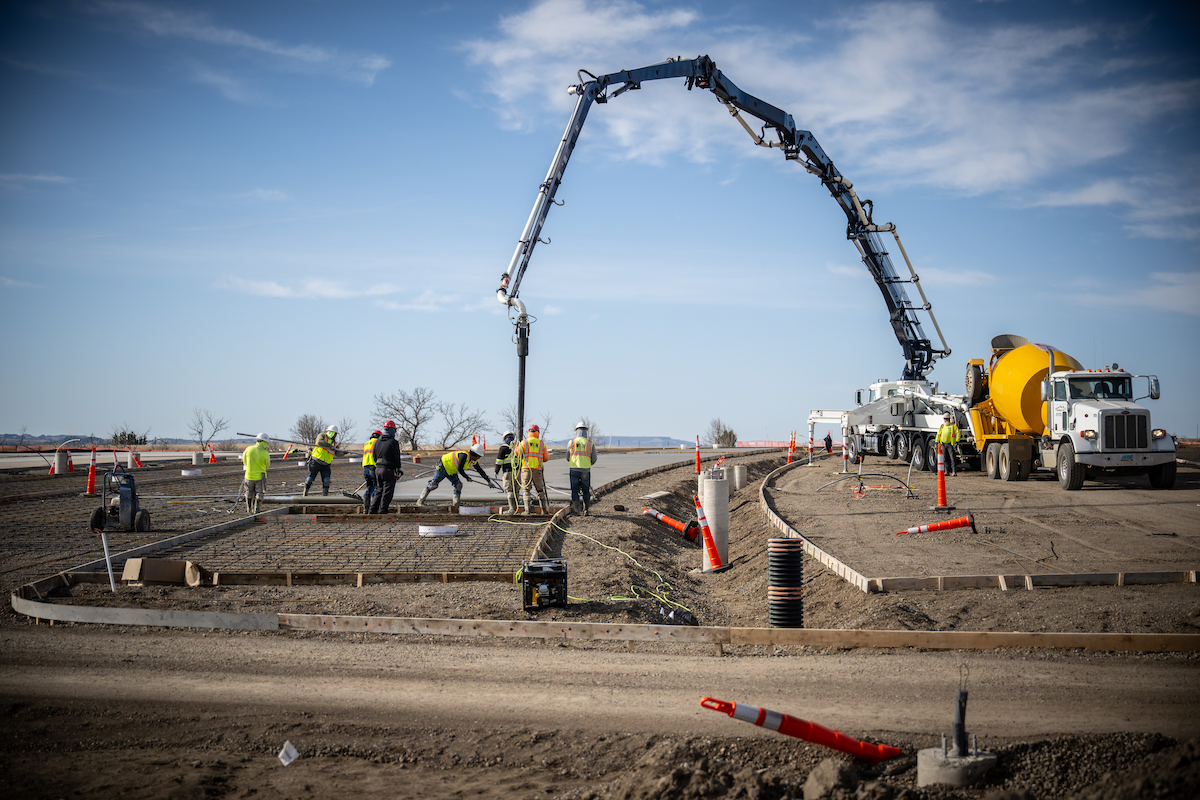In the ever-evolving landscape of construction technology, a new paradigm is emerging for project planning and execution. This paradigm, known as full-stack scheduling, represents a significant leap forward in construction project management, offering a comprehensive solution to bridge the gap between high-level project planning and granular task management.
For years, the construction industry has witnessed a clear division in scheduling tools. On one side, we have traditional offerings like Oracle's Primavera P6 and Microsoft Project, which have long been the go-to solutions for creating master schedules on complex construction projects.
On the other side, a new wave of startups has emerged, focusing on short-term scheduling needs. These solutions cater to the day-to-day or week-to-week planning required for specific segments of larger projects. They address the immediate needs of onsite teams, helping to coordinate daily tasks and resources.
While both approaches have their merits, they've left a significant gap in the middle — a gap that full-stack scheduling aims to fill.
Full-stack scheduling refers to a comprehensive approach to construction project management that seamlessly integrates all levels of scheduling, from the overarching master schedule down to the minutiae of daily work plans. It's a holistic solution that allows project managers, superintendents, and team members at all levels to collaborate on and interact with the schedule in ways that make sense for their roles and responsibilities.

| Your local Manitou dealer |
|---|
| Star Equipment LTD |
This approach eliminates the disconnect between long-term project goals and short-term execution, ensuring that every task — no matter how small — aligns with the overall project timeline and objectives. Full-stack scheduling tools provide a single source of truth for all project stakeholders, fostering better communication, increased accountability, and more accurate forecasting.
The adoption of full-stack scheduling offers numerous advantages for general contractors:
- Enhanced collaboration — By breaking down the silos between high-level planners and onsite executors, full-stack scheduling promotes a more collaborative environment. This leads to more realistic schedules and better buy-in from all team members.
- Improved accuracy — When schedules are developed with input from diverse team members, they tend to be more accurate and reliable. This reduces the likelihood of delays and budget overruns.
- Increased flexibility — Full-stack solutions make it easier to adjust schedules on the fly, allowing teams to respond quickly to changes or unforeseen circumstances.
- Better resource management — With a comprehensive view of the project timeline, contractors can more effectively allocate resources, reducing waste and improving efficiency.
- Enhanced risk management — By providing a clearer picture of project dependencies and potential bottlenecks, full-stack scheduling allows for better risk identification and mitigation.
- Complexity — These tools often require specialized training to use effectively, limiting their accessibility to a small group of dedicated schedulers.
- Lack of collaboration — The complexity of these tools makes it difficult for diverse team members to contribute to schedule development, leading to schedules that may not reflect onsite realities.
- Inflexibility — Making changes to schedules in these systems can be time-consuming and cumbersome, hindering agile project management.
- Disconnection from short-term planning — While excellent for high-level planning, these tools often fall short in supporting day-to-day or week-to-week task management.
- Visual interfaces — Intuitive, visual tools make it easy for all team members to understand and interact with the schedule.
- Real-time collaboration — Cloud-based platforms allow for instant updates and communication among team members.
- Flexibility — Easy-to-use interfaces make it simple to adjust schedules as project needs evolve.
- Integration — These tools often integrate with other construction management software, creating a seamless workflow.
- Scalability — The ability to zoom in on daily tasks or zoom out to the master schedule provides a truly full-stack solution.
Despite their long history, traditional scheduling tools have significant limitations in today's fast-paced, collaborative construction environment. These challenges include:
New solutions like Planera’s scheduling platform address these shortcomings to make construction scheduling accessible to team members at all levels, promoting real-time collaboration among diverse stakeholders. This approach ensures that schedules are not just created by isolated planners but are informed by the collective wisdom and experience of the entire project team.

| Your local Leica Geosystems Inc dealer |
|---|
| Laser Specialist inc |
Key features of modern, full-stack scheduling solutions include:
The adoption of full-stack scheduling solutions is already showing significant benefits in the construction industry. Projects using these tools report improved on-time completion rates, better budget adherence, and increased team satisfaction.
For example, a recent project using Planera's platform saw a 15 percent reduction in overall project duration and a 20 percent improvement in resource utilization. Team members reported feeling more engaged in the planning process and having greater confidence in the project timeline.
As the construction industry continues to embrace digital transformation, full-stack scheduling is poised to become the new standard in project management. Its ability to bridge the gap between high-level planning and on-the-ground execution addresses a longstanding need in the industry.

| Your local Gehl Co dealer |
|---|
| Star Equipment LTD |
The future of construction scheduling lies in solutions that are accessible, collaborative, and flexible. By empowering all team members to contribute to and interact with project schedules, we can create more realistic timelines, improve resource allocation, and ultimately deliver projects more efficiently and effectively.
As we move forward, companies that embrace full-stack scheduling will be better equipped to handle the complexities of modern construction projects, deliver superior results to their clients, and foster a more collaborative and efficient work environment.
The era of siloed, complex scheduling tools is coming to an end. The future belongs to integrated, user-friendly solutions that support true full-stack scheduling — from the master plan down to the daily task list. It's an exciting time for construction technology, and the benefits of this evolution will be felt across the industry.
Nitin Bhandari is Co-Founder and CEO of Planera, a construction technology startup offering visual, critical path method-based scheduling and planning software. For more information, visit planera.io.






